
“Sarcophagus of Har-khebi,” circa 664-525 B.C. (greywhacke) from the Memphite region, with a relief in the background.
NEW YORK—The Egyptian Galleries at the Metropolitan Museum of Art are spread across 39 rooms and contain more than 26,000 objects—from small tools and jewelry to statues, reliefs, coffins and entire temples. Beginning in 1903, the Met spent 35 years in Egypt conducting archeological digs and the results of this work form the foundation of the collection. The exhibits also include objects from private collections. The works date from the Paleolithic (circa 300,000 B.C.) to the Roman period (4th century A.D.) and are of artistic, cultural and historic significance. Exploring the exhibit is transporting.
All photos by Arts Observer

“Colossal Statue of Amenhotep III,” circa 1390-1353 (porphyritic diorite).
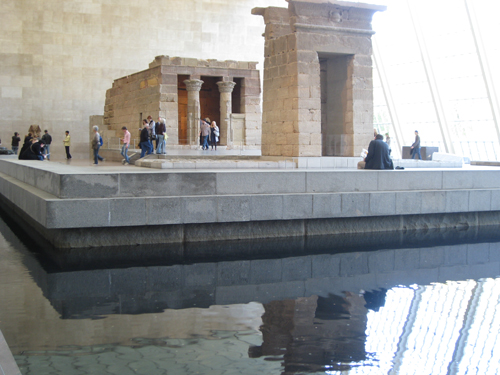
“Temple of Dendur,” circa 15 B.C. (Aeolian sandstone), from the west bank of the Nile River, 50 miles south of Aswan.
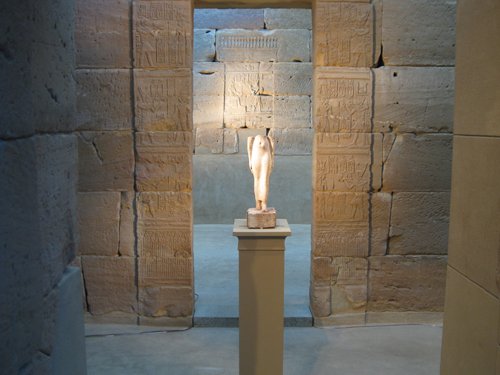
“God’s Wife Tagerem,” circa 300-250 B.C. (limestone) from Western Delta, shown inside the Temple of Dendur.

Detail of wall of Temple of Dendur.

“Head of Bes-image,” 4th century B.C.? (limestone) probably from Bubastis in the Egyptian Delta.
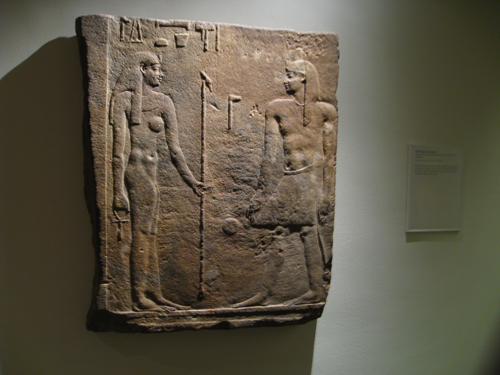
“Ball Playing Ceremony” relief, circa 380-246 B.C. (quartzite)
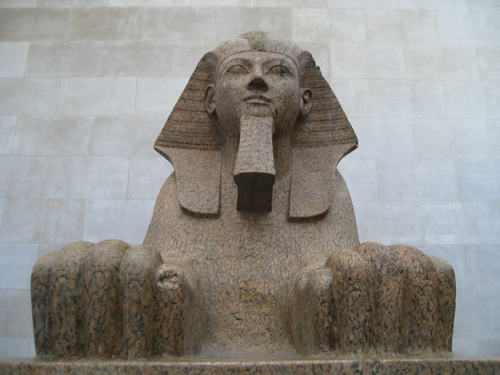
“Sphinx of Hatshepsut,” circa 1473-1458 B.C. (granite).

“Composite Papyrus Capital,” circa 380-343 (sandstone and paint) from western desert of Egypt.
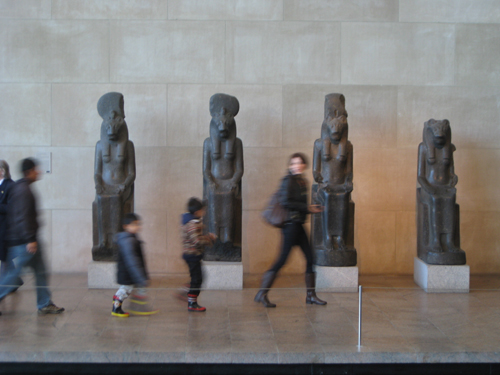
“Four Statues of the Goddess Sakhmet,” circa 1390-1352 B.C. (grandodiorite) from Thebes.
